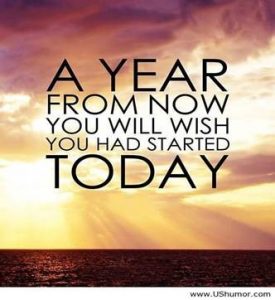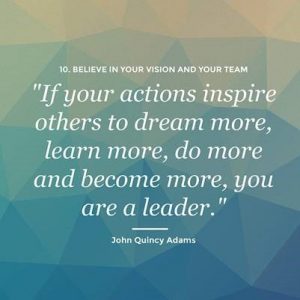What To “Do” and “Not Do” When Managing Remotely
 From Zoom “fatigue” to trying to onboard new employees from a distance, the challenges of leading offsite employees can feel vast and complicated. Just when you think you get one area figured out, another issue pops up and needs attention. We touched on a few common struggles in our previous article, but how do you start to address them? Ignoring the issues or telling yourself that “things will get better with time” can ultimately lead to higher employee turnover, especially in today’s tight labor market. A proactive approach and implementing improvements not only keep your organization moving forward, but also shows your remote team members that you’re engaged in their well being.
From Zoom “fatigue” to trying to onboard new employees from a distance, the challenges of leading offsite employees can feel vast and complicated. Just when you think you get one area figured out, another issue pops up and needs attention. We touched on a few common struggles in our previous article, but how do you start to address them? Ignoring the issues or telling yourself that “things will get better with time” can ultimately lead to higher employee turnover, especially in today’s tight labor market. A proactive approach and implementing improvements not only keep your organization moving forward, but also shows your remote team members that you’re engaged in their well being.
Let’s start with a few of the basics. We’ve outlined a few “dos and don’ts” below. Maybe you’re already using some of them or perhaps they’re a good reminder of where you need to improve:
- DO set immediate and clear expectations. And make sure everyone knows what they are!
- DO schedule regular team meetings and make them a priority (no regular cancellations, please).
- DO engage directly with employees as often as possible.
- DON’T just have a communication strategy in place. Document it and share it. Everyone needs to be on the same page.
- DON’T just encourage feedback, make it possible. And listen to it!
- DON’T micromanage and make employees feel like they’re not trusted.
- DO have an open-door policy and set aside time for one-on-one conversations.
It’s easy to say “communicate more with your employees” or “set clear expectations”, but how do you get started when you’re already feeling overwhelmed? That’s where working with a coaching team like Leah M Joppy and Associates can help. Maybe you’ve established a routine that your team is comfortable with, but you’re struggling to improve your company culture. Or perhaps your regular team meetings are running like clockwork, but you’re having difficulty with one-on-one communication. We can help you figure out your primary challenges and work with you and your team to make remote working a less stressful and more productive experience for all!
Ready to get started for 2022? Call us at 301-670-0051 or email us at leah@lmja.com.








